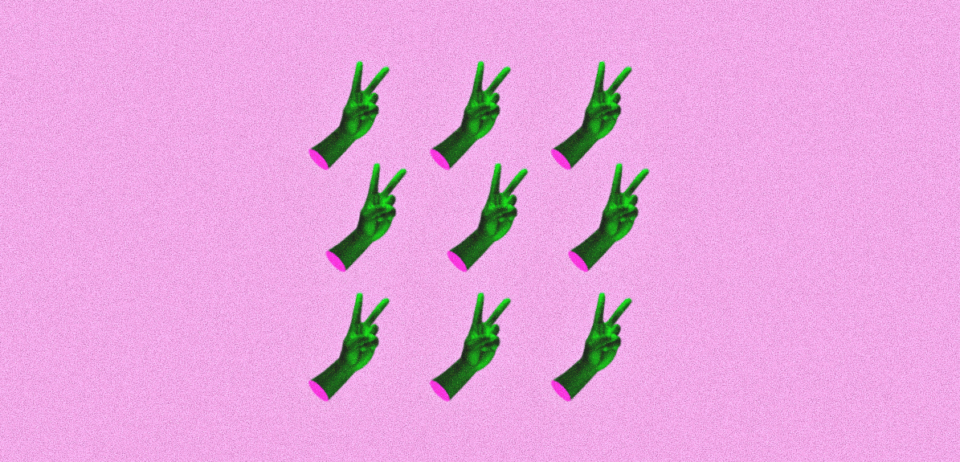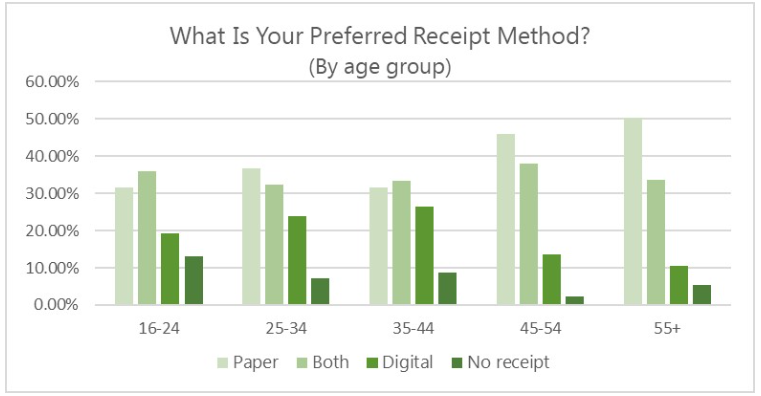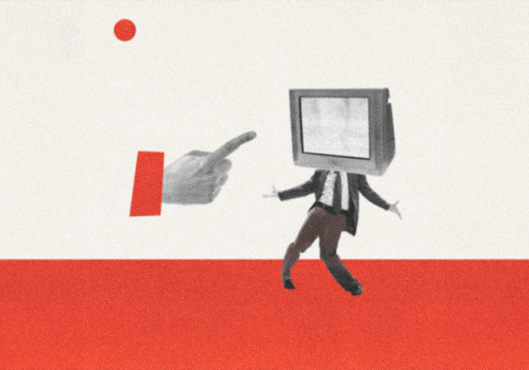
How Digital Eco-Receipts and Green UX can Transform Post-Purchase Touchpoints into Climate Wins
Is that crumpled paper really worth it? You just bought a cold coffee, or maybe a smoothie, and the cashier hands you a long, curling paper receipt. After receiving it, you hardly read it, you just stuff it in your bag, and it ends up in a drawer, or six months later, it may end up in the dustbin. Multiply that by billions of transactions daily, and what do you get? No surprise a hefty carbon footprint. That’s where digital eco-receipts come in.
In an age where UX is everything and sustainability is no longer optional, digital receipts are stepping up. But we’re not just talking about swapping paper for email. We’re talking about turning post-purchase touchpoints into smart, sleek, and climate-friendly moments of brand interaction.
Let’s break down how eco-receipts and a green UX mindset are reshaping retail, one transaction at a time.
But what’s the problem with paper? (It’s worse than you think)
Receipts may look innocent, but they’re anything but green.
In the U.S. alone, over 3 million trees are cut down every year just to print paper receipts. This process also consumes nearly 9 billion gallons of water annually. Moreover, most thermal paper receipts are coated with BPA or BPS, chemicals known for their potential health risks, including hormonal disruptions.
These receipts are not easily recyclable due to their chemical coatings, leading to significant environmental waste. And the kicker? Most receipts can’t be recycled due to those same chemicals.
Now imagine that every one of those wasteful slips could instead become a dynamic, data-driven opportunity, not just to cut waste, but to improve UX, drive loyalty, and reduce emissions.
Here’s the preference by age group for receipts: Digital eco-receipts are preferred by those aged 44 and younger, while the preference for no receipt is highest among those aged 16-24.

Let’s talk about the introduction of digital receipts: More than just an Email
Digital receipts reduce paper waste, but their potential goes way beyond that. Smart brands are using them to:
Personalizing the customer journey through digital receipts helps brands connect with customers, offering tailored experiences and exclusive offers. This goes beyond just confirming the purchase—it creates a lasting impression.
Post-purchase touchpoints also encourage sustainable behavior, offering carbon offset options and product recommendations. When done right, this real estate bridges a brand’s values with customer actions, fostering loyalty and promoting sustainability.
Eco-Receipts are actually UX opportunities
Let’s get one thing straight: sustainability shouldn’t come at the cost of experience. In fact, green UX can enhance the journey.
Imagine buying a pair of sneakers and receiving a digital receipt with a stylish order summary, a CTA to track your shipment’s carbon footprint, and a link for 10% off if you opt for carbon-neutral shipping. That’s not just a receipt—it’s an ecosystem.
Digital eco-receipts can include a thank-you note with a sustainability message, a breakdown of carbon emissions saved, interactive elements like order tracking, and options to plant a tree, donate to a cause, or redeem green rewards.
When done right, this UX doesn’t just save paper, it makes customers feel like active partners in sustainability.
Who’s doing it right?
As sustainability becomes a priority, some brands are turning digital receipts into powerful eco-friendly tools. These companies are reducing waste and creating impactful post-purchase experiences that drive both environmental progress and customer loyalty. Let’s explore a few of these standout brands.
Apple: Automatically sends sleek, digital receipts via email with easy access to warranty and support.
Patagonia: Uses digital post-purchase touchpoints to share repair guides, sustainability stats, and ethical sourcing stories.
Square and Toast POS systems: Empower small businesses to send text or email receipts, reducing paper use at scale.
Thrive Market: Sends interactive receipts that include links to learn about product sourcing and the impact of each order.
What do they have in common? Each treats the digital receipt not as an afterthought, but as a UX moment with purpose.
Designing green UX that actually works
A climate-positive receipt doesn’t just tick a box—it flows seamlessly with your brand’s personality. Here’s how to design one:
Start with clarity: The main goal is confirmation. Don’t bury the details. Keep item info, prices, and order numbers easy to scan.
Add personality: Use brand voice, icons, and colors. A digital receipt should feel like your brand.
Educate lightly: Drop in bite-sized stats—like “You saved 1.2 liters of water by going paperless.” No lectures, just nudges.
Incentivize engagement: Add links to eco-loyalty programs, reviews, or green product recos.
Offer choices: Let users opt in for SMS, app notifications, or even wallet integration.
Good UX is frictionless. Great green UX is frictionless and meaningful.
Gen Z gets it: Are you keeping up? What’s next for the post-purchase experience
For Gen Z, sustainability isn’t an afterthought—it’s a core value that influences their buying decisions. With over 75% of Gen Z shoppers prioritizing eco-friendly practices, digital receipts have become more than just a convenience; they’re a statement of brand alignment. When a brand delivers an eco-friendly, interactive receipt, Gen Z sees it as a reflection of their own values, not just an efficient transaction.
Looking ahead, digital eco-receipts will continue to evolve with advancements in AI and automation. Expect features like predictive recommendations, personalized sustainability dashboards, and even blockchain-based receipts for transparency and authenticity.
With options for one-click returns or recycling, these receipts will become a gateway to a more sustainable and engaging post-purchase experience.
Cut to the chase
Switching from paper to digital receipts might seem small, but it adds up fast. It’s one of those rare UX decisions that’s good for the planet, the customer, and your brand equity. And if you do it right, that once-crumpled piece of paper becomes a moment of magic, a way to make every transaction count for something more.

